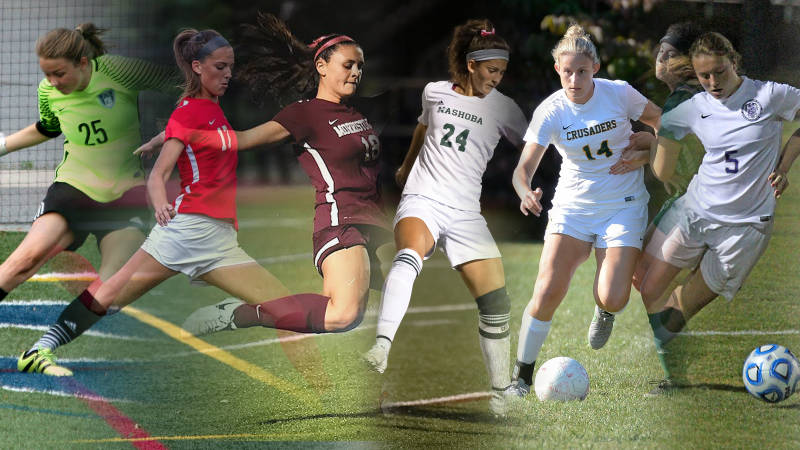What College Doesn’t Want to Tell You About Sports Scholarships
The student Athlete
May 10, 2018
For a lot of parents, one of the biggest struggles they find in getting their child into college is financial-based.
And you can’t blame them! The cost of university is way out of proportion to the median household income in the U.S., in fact the same $10,000 that would get a student a good education in 1986, is much more than the $21,000 that inflation should translate it to. That same education costs nearly two and a half times that.
The issue comes when the financial aid these students and parents expected doesn’t cover it. In some cases, it doesn’t even come close to getting a student through one semester. As Bill Pennington of the New York Times writes, “the average (National College Athletic Association) athletic scholarship is nowhere near a full ride, amounting to $8,707… the number is routinely as low as $2,000.” The worst part is, this is the best-case scenario.
According to Brad Wolverton, less than two percent of student athletes get scholarship financial aid. The noose is felt around everyone’s necks too. Coaches who want prime, prospective athletes can’t offer unlimited scholarships. In many sports, such as swimming, the NCAA limits the number of scholarships to 9.9. Then after that, the school may choose to only award a reaction of that. On a team of 20-30, that can really drain the pool of swimmers. When it comes down to it, everyone seems to have their hands tied.
A big assumption Wolferton brings up is most parents have the idea in their head that all athletes get the full ride scholarships. What is really unfortunate is often no one tells them until their talking to the coach the year they graduate. “I dropped a good player because her dad was a jerk — all he ever talked to me about was scholarship money,” Bill Pennington quotes Joe Milhous, the field hockey coach at Villanova.
Finally, the student. The pressure these students face both in school, at home, and on the field/pool/court/rink/etc. are something these student-athletes get used to at a young age. You can start to see the bottom line fill out when you realize that their entire childhood, dedicated to one sport, could be thrown out the window because financial supplements don’t quite bridge that gap between dream and reality.

